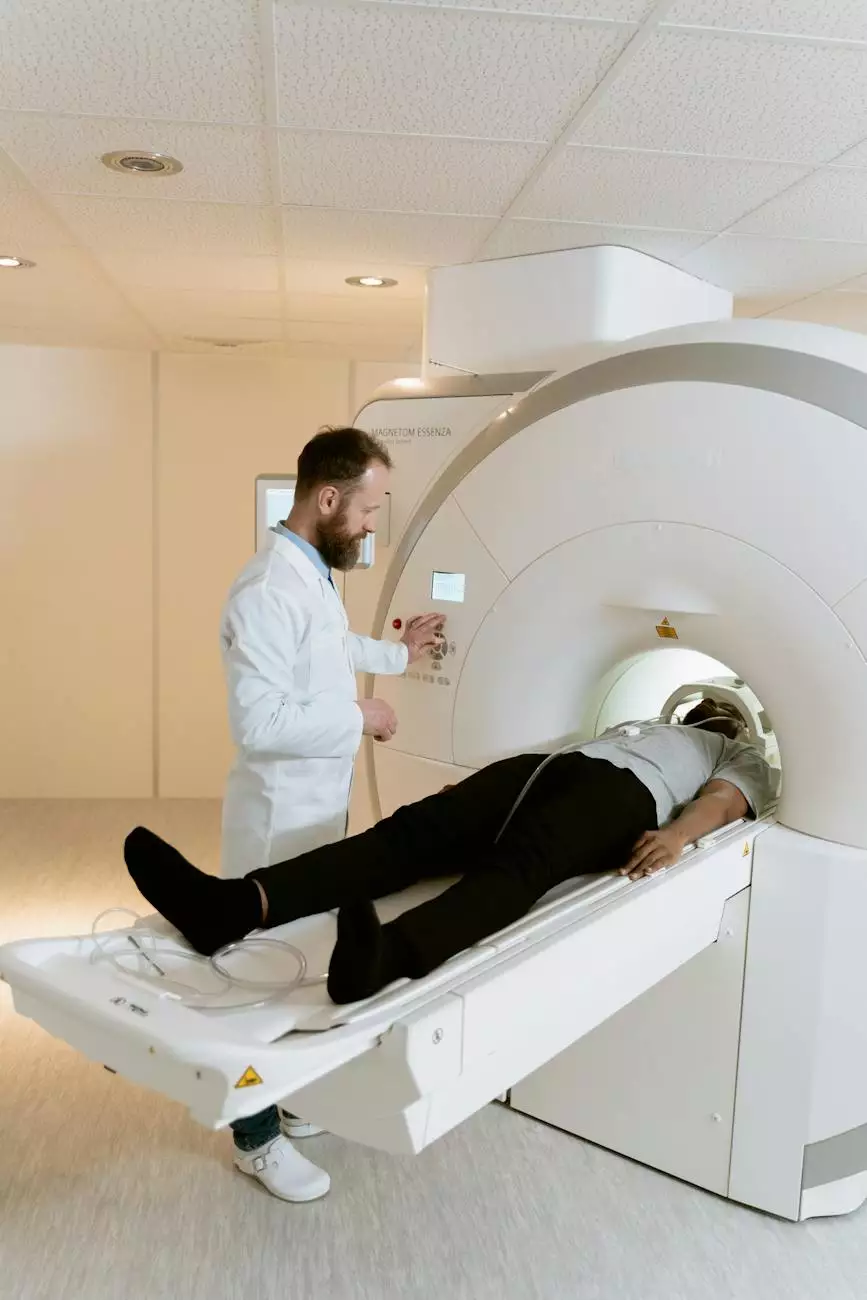Diagnosing a Brain Aneurysm - Health Library
Health Library
Introduction
Welcome to Furstenberg Michael Dr's Health Library, your comprehensive resource for reliable information on diagnosing a brain aneurysm. In this article, we will provide you with detailed insights into the diagnostic procedures, signs, and symptoms associated with brain aneurysms. Early detection is crucial for effective treatment and improved patient outcomes. Stay informed and learn how to recognize the warning signs.
What is a Brain Aneurysm?
A brain aneurysm is a bulging or ballooning of a blood vessel in the brain that can cause serious health complications. It occurs when a weak area in the wall of a blood vessel becomes thin and starts to project outward. If the aneurysm ruptures, it can lead to a potentially life-threatening condition known as a subarachnoid hemorrhage.
Signs and Symptoms
It is crucial to recognize the signs and symptoms of a brain aneurysm to facilitate prompt medical intervention. Some common symptoms include:
- Severe headache: Sudden and severe headaches, often described as the worst headache of one's life, can be indicative of a brain aneurysm.
- Visual disturbances: Blurred or double vision, sensitivity to light, and loss of peripheral vision are some visual symptoms that may accompany a brain aneurysm.
- Neck pain and stiffness: Persistent neck pain and stiffness can be associated with an unruptured brain aneurysm.
- Seizures: Unexplained seizures or epileptic episodes may be a sign of a brain aneurysm.
- Fainting or loss of consciousness: Sudden loss of consciousness, accompanied by vomiting or nausea, can be a warning sign.
- Difficulty speaking or understanding: Slurred speech, confusion, or difficulty understanding others can occur when an aneurysm affects specific brain regions.
If you are experiencing any of these symptoms or suspect a brain aneurysm, it is essential to seek immediate medical attention.
Diagnostic Procedures
Proper diagnosis is crucial in determining the presence of a brain aneurysm. Health professionals may employ the following diagnostic procedures:
Magnetic Resonance Imaging (MRI)
MRI scans utilize powerful magnets and radio waves to create detailed cross-sectional images of the brain. This non-invasive imaging technique can help identify the presence and size of an aneurysm.
Computed Tomography (CT) Scan
CT scans provide detailed X-ray images of the brain, allowing healthcare providers to visualize any abnormalities, including aneurysms. In some cases, a contrast dye may be used to enhance the quality of the images.
Cerebrospinal Fluid (CSF) Analysis
A lumbar puncture, also known as a spinal tap, is performed to collect cerebrospinal fluid for analysis. CSF analysis can help detect the presence of blood, confirming a ruptured aneurysm.
Cerebral Angiography
Cerebral angiography involves injecting a contrast dye into the bloodstream and capturing X-ray images to visualize blood flow within the brain. This procedure provides detailed information about the location and size of an aneurysm.
Treatment Options
Once a brain aneurysm is diagnosed, various treatment options exist depending on its size, location, and overall health of the patient. Some common treatment methods include:
Watchful Waiting
If the aneurysm is small and does not pose an immediate risk of rupture, healthcare providers may opt for a watchful waiting approach. Regular monitoring through imaging techniques ensures timely intervention if the aneurysm changes in size or characteristics.
Endovascular Coiling
This minimally invasive procedure involves inserting a catheter into the blood vessel and using tiny platinum coils to pack and seal off the aneurysm. Coiling promotes blood clotting, effectively preventing rupture.
Surgical Clipping
Surgical clipping is performed by placing a small metal clip around the neck of the aneurysm, thereby cutting off its blood supply. This traditional surgical technique reduces the risk of rupture and allows the blood vessel to heal.
Flow Diversion
Flow diversion involves the placement of a stent-like device called a flow diverter within the affected blood vessel. The flow diverter re-routes blood flow away from the aneurysm, promoting healing and reducing the risk of rupture.
Conclusion
In conclusion, early detection of a brain aneurysm is crucial for ensuring appropriate medical intervention and preventing potentially life-threatening complications. Familiarize yourself with the signs and symptoms, and promptly seek medical attention if you suspect a brain aneurysm. Furstenberg Michael Dr's Health Library is here to provide you with comprehensive information and expert advice to empower you in making informed decisions about your health.




